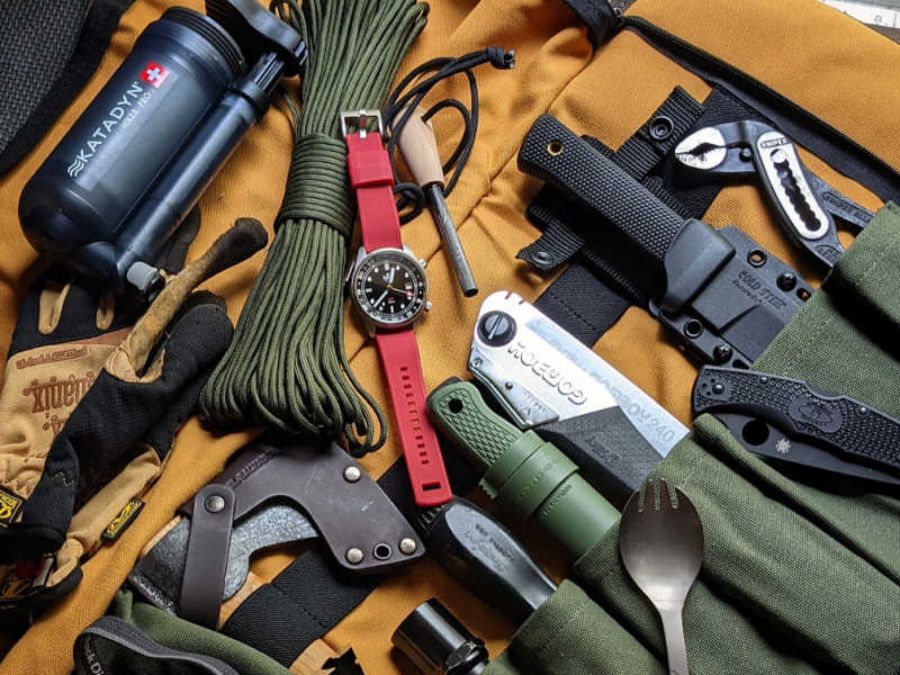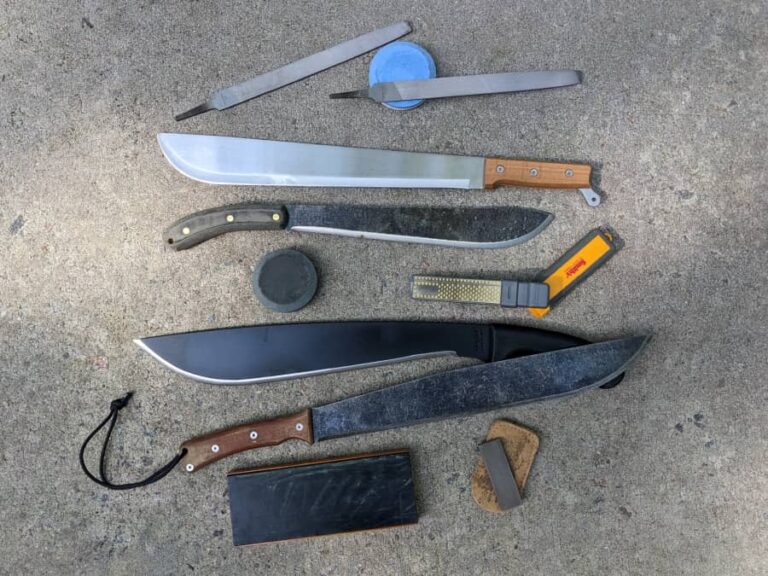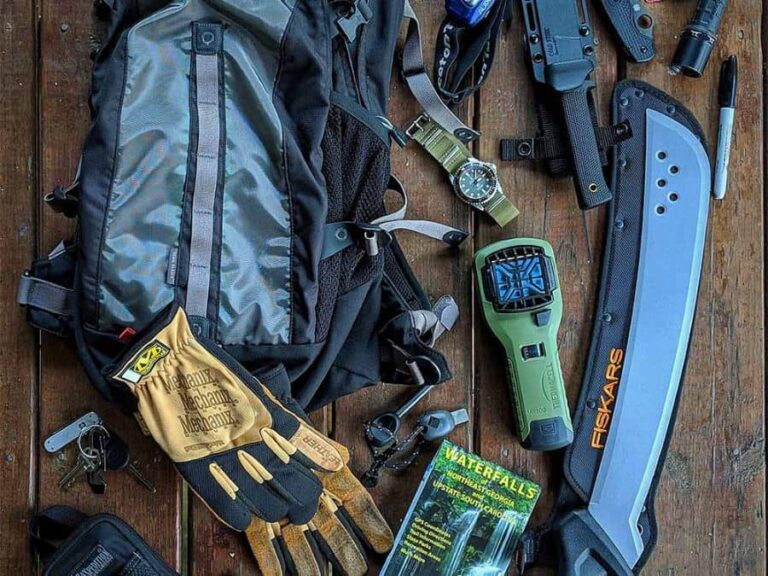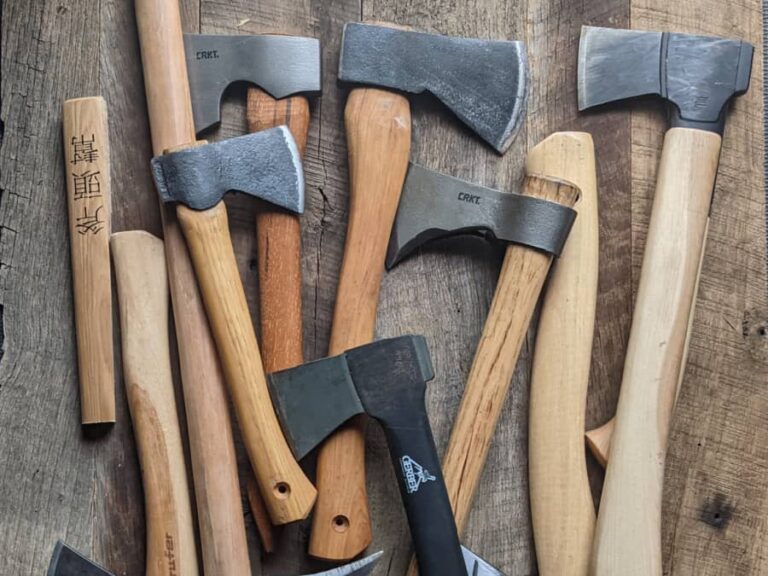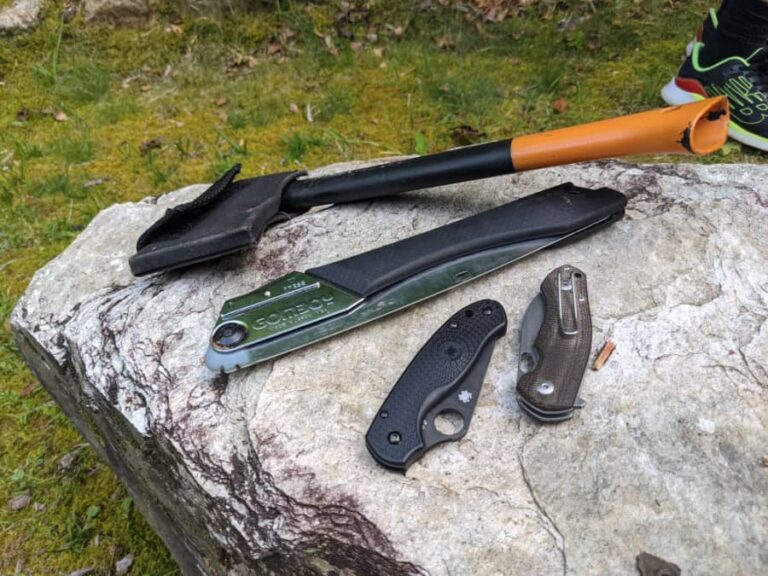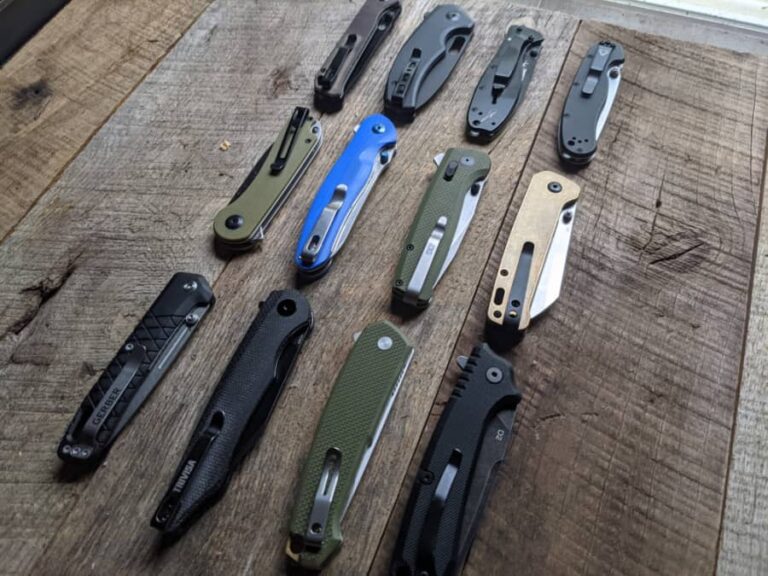How To Start Prepping
I Want to Start Prepping, But Where in the World Do I Begin?
If you’ve spent any amount of time on prepper message boards or in Facebook prepping groups, one of the most common questions you will see is: “How do I start prepping?”
While newbie preppers might get some good information, they also get an inordinate amount of unnecessary information. Let’s cut to the chase and I’ll tell you only what you need to know to get started.
Here’s your prepping primer
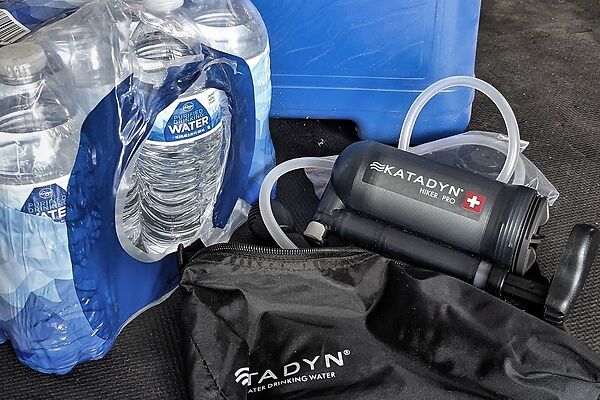
What are You Prepping For?
Preppers run the gamut from the family with an emergency kit to self-sufficient homesteaders with an on-site bunker. For the purposes here, I’m going to stick with someone that falls somewhere in the middle.
How do you start prepping? What do you buy to prep? What do you need in your prepper kit? What don’t you need? Well, think of it this way: If you had a really bad storm in your area that shut down your access to all resources and you lost water and power for several days, how well would you fare?
I got a crash course in prepping (beyond camping) when we came back after Hurricane Matthew. Talk about austere conditions! We had no power, no water, no wifi, nothing. It was tough, but it got me thinking, what do people need to know to be prepared for situations like this?
All you have to do is look at Texas in February 2021 (major ice and snow) to see that most folks are ill prepared to lose any of their modern conveniences like electricity and water. Even the panic buyers who flood the stores at the very last minute don’t really know what to buy. They grab what they can, what looks like a good idea, but the truth is, it can be sorely insufficient.
Before I give advice, first things first.
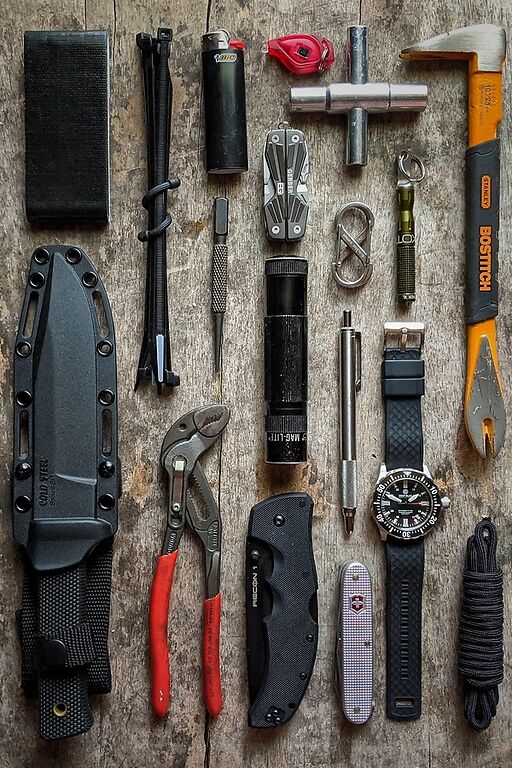
Where are You on the Prepping Readiness Scale?
Ask yourself these questions to get an idea of how prepared you really are.
You view prepping as:
A way to protect your family during times when basic resources may not be available
Something crazy people living in the woods do to escape government control
When bad weather such as a blizzard, hurricane, or bad storm is headed to your area are you:
Resting easy because you have basic supplies to survive for a couple of weeks without power or water
In the grocery store panic buying water, canned goods, propane, and toilet paper
If you had to evacuate your home, you would:
Be able to do it immediately because you have supplies, including a change of clothes, that you can grab at a moment’s notice
Need a few minutes to gather your things, pack, or figure out what is essential and what you can leave behind – and you’d still manage to forget something
If most of your answers are number 1s, you are off to a good start. If most of your answers are number 2s, we probably have a little work to do. But take heart! Prepping isn’t as difficult as it may seem. There are more preppers out there than you might think and the majority of them aren’t extreme, but are just doing it at a basic level.
You don’t need a bunker. You don’t need a bunch of MREs. You don’t need an arsenal of guns. (Unless of course that is how you roll. In that case, carry on. No judgment here.)
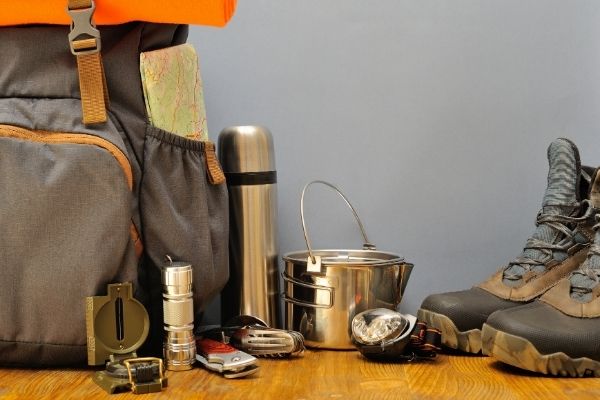
Building Your Emergency Kit, Bug Out/In Bag, Emergency Supplies
An emergency kit should contain the things that you need in case you have to shelter in place or evacuate. You don’t want to overburden yourself with something extremely bulky or heavy, but you don’t want to find yourself without it in a crisis situation either.
One of the buzzwords in the prepper community is “bug out/in bag.” That is a smaller, more portable emergency kit, for lack of a better word. It’s a “grab and go” survival cache. Think fire or when you have to leave your home at a moment’s notice, and you grab this bag with the supplies you need.
Some people have a bug out bag (or go bag) as well as an emergency kit. Some just have an emergency kit. And there are some who have purchased a bunch of stuff but haven’t really organized it or thought it through if they would need to leave in a hurry (don’t be that guy).
Do you really need both? Only you can answer that. I’ll leave that decision to you.
Your emergency kit should be tailored to your lifestyle, family, and personal needs. While some things are standard (everyone needs to eat, right?), other things are more specific to the person.
It is a good idea to have an emergency kit in your car as well as at home. The one in your car can incorporate personal needs like a change of clothing, medication, and other items.
You may have seen “kits” on the internet or in stores. I’m going to save you some time. Don’t. Just don’t. The vast majority (about 98%) are a total waste of money and time. Best to build your kit yourself.
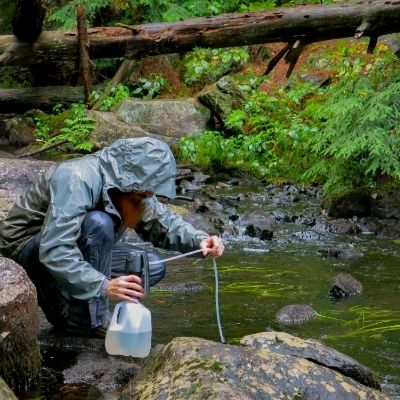
Here are some things to put in your kit. You may think of other things or you may not need some things here, so make it your own. This is just meant to get you started:
- Food for two weeks – if you plan you can maintain a fairly balanced diet with adequate protein, fat, carbohydrates, and fiber. The idea is about 1,500 calories per person per day. You want your food choices to be shelf-stable.
- Beans (cans and dry if you can cook dry beans)
- Rice (dry if you can cook it)
- Tuna
- Canned vegetables
- Canned fruit
- Whole-grain crackers
- Powdered butter
- Powdered milk
- Nutritional yeast (mix it with salt, onion powder, and garlic powder with a little water)
- Salt
- Sugar
- Flour
- Oil
- Coffee (OK, for some, this is definitely survival food!)
- Protein bars, fiber bars, granola bars
- Trail mix or mixed nuts
- Peanut butter
- Old fashioned oatmeal (mix it with peanut butter and a little honey for a great energy snack)
- Spices and herbs like cinnamon, onion powder, garlic powder, etc.
- Water
- Water filtration devices
- Rain ponchos
- Space blanket
- Propane burner (camping stove) or grill (yes, you can heat water and cook on it – just use cast iron or steel pans)
- Pots, pans, silverware, bowls, plates
- Medications
- Important records or copies
- Cash
- Fire. You want matches and/or lighters, but you need at least two different fire starters.
- Knife (or two)
- Extra blankets
- Battery-powered fan
- Light. Again, flashlights and batteries, but at least two other different light sources such as candles, headlamps, lanterns, etc.
- Tarp for making an improvised shelter or for covering holes in your house.
- Duct tape for….well, it’s duct tape! It will come in handy.
- First aid kit – a good one, not just a bunch of bandages and antibiotic ointment.
- Hand sanitizer, baby wipes, sanitation wipes for utensils and surfaces
- Chargers for phones and vital devices. Consider investing in a solar charger or two.
- Tool kit with hammer, screwdrivers, wrenches, but also an ax, work gloves, shovel, and a hand saw
- A couple of changes of clothing for each family member
- Socks, several pairs of socks, twice what you would have for the clothing you have stowed
- Emergency contact info for family members, hospitals, work, etc.
- Toilet paper and paper towels. If the 2020 COVID-19 pandemic taught us anything it’s that in a crisis, toilet paper is the first shortage you will see.
- Toiletries
- Soap
- Toothbrushes
- Toothpaste
- Antiseptic (witch hazel is great and inexpensive)
- alcohol
As I said, this gives you a good foundation. These items are a good start but make adjustments to meet your personal needs.
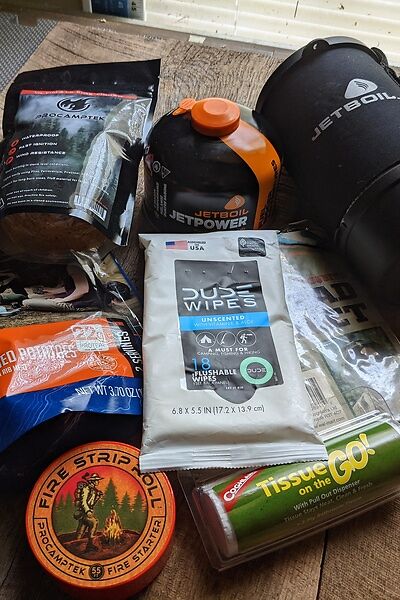
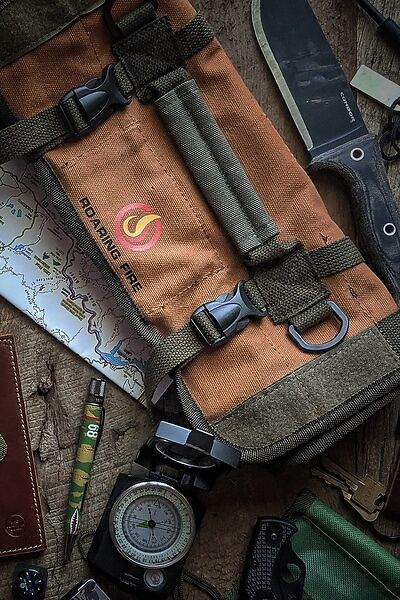
12 Commandments of Quick Prepping
So, this should be enough information to get you started – or at least give you plenty of fodder for questions that will help shape your emergency kit.
I will leave you with my 12 Commandments of Quick Prepping:
Prepare your home for two weeks of self-reliance. In other words, you are stuck in your home for two weeks. Can’t go to the store – or anywhere for that matter. You don’t have power or water; you get the point.Prepare for emergencies that occur at home as well as away from home – and be able to leave your home at a moment’s notice. This means having two bags or kits. One for your car and one for home.Avoid broadcasting the supplies you’ve collected. The ugly reality here is that desperate people do desperate things and if you are known to have a stash of resources you could become a target. Best to keep it to yourself.Rotate any food stores that you have. Everything has an expiration date and the last thing you need in a crisis situation is to get botulism from an expired can of tomatoes.Use bad weather, lockdowns, and other situations (especially if you lose power) as test runs to analyze how good your prep is and where you need to tighten up.If you have pets, identify alternative food sources. For instance, dogs can eat cooked beans if you run out of dog food. Beans are a good source of protein. You can add some peas and carrots too if you like. Beware of broths and bouillon though. They tend to be high in sodium which is not good for pets.Learn to can and dehydrate food. It will save you money in the long run and you will have food stores when grocery store shelves are emptied by panic buyers.Prepare to be without digital devices. Stash away some real books (reference and entertainment), a deck of cards, board games, crayons and coloring books, pen and paper, and so on.When keeping medication in your emergency kits, there are a few special considerations you need to take:
- Rotate them regularly so they do not expire
- Get a container that will keep them from getting too hot or too cold (especially in the car)
- Store a photocopy of your prescriptions with your meds, along with any relevant medical records
- Keep a current list of all medications and supplements you take, including dosage
Create a plan for what to do if something happens while adults are at work and kids are at school or a friend’s house. How will you get everyone in one place?Even if you store water you should still have a couple of devices or methods for water filtration. You can go several days without food. You need water every day. Make it a priority.Don’t let the fuel in at least one of your vehicles fall below ¾ of a tank. If you can, keep a full tank in at least one vehicle. You never know when you may have to evacuate, and you may not have ready access to services or resources.

Blair Witkowski is an avid watch nut, loves pocket knives and flashlights, and when he is not trying to be a good dad to his nine kids, you will find him running or posting pics on Instagram. Besides writing articles for Tech Writer EDC he is also the founder of Lowcountry Style & Living. In addition to writing, he is focused on improving his client’s websites for his other passion, Search Engine Optimization. His wife Jennifer and he live in coastal South Carolina.

